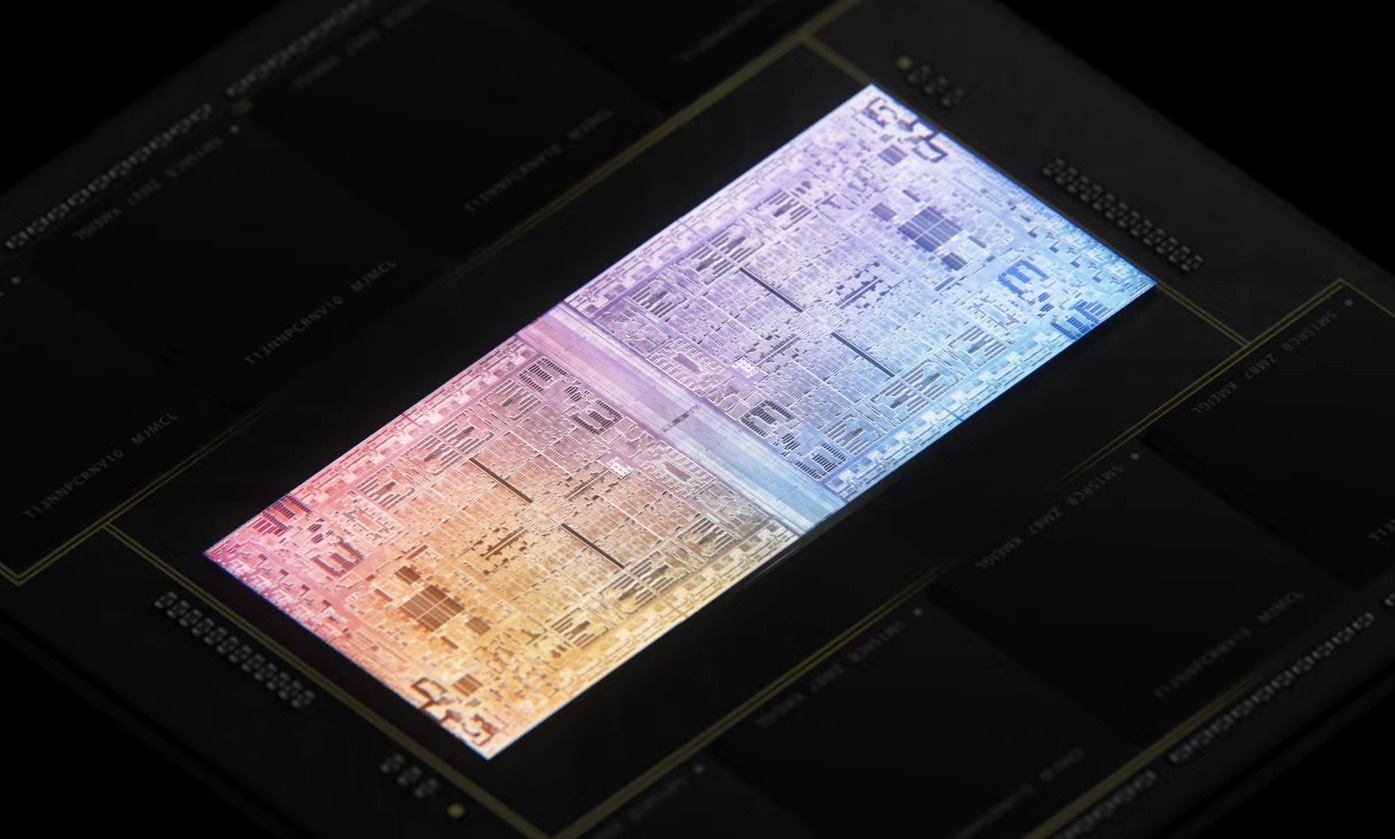Apple M1 Ultra reveals a secret even the leakers didn't find
What may be Apple's last M1 chip is unique among its class

How did Apple do it? How did the most closely-watched tech company in the world ship a product almost six months ago and hide a crucial technical detail in plain sight?
When Apple unveiled on Tuesday what may be the last in its M1-class Apple Silicon line, the M1 Ultra, Apple SVP of Hardware Technologies Johny Srouji said that it was based on the M1 Max. More specifically, he said Apple's most powerful SoC, the 57-billion transistor M1 Max "has a secret, a hidden feature we haven’t talked about until now, a ground-breaking interconnect technology.” It's something called a silicon interposer that makes the M1 Ultra possible.
Wait a minute, I thought, an in-market product hid a feature? This is different than Apple saying, "We took a look at the M1 Max and realized we could repurpose the interconnect to build a new M1 chip."
No, the silicon interposer was part of the original M1 Max. It was built in anticipation of this next step and nobody noticed (not even the teardown experts). Obviously, if Apple never lit up this portion of the SoC, it was probably easy to miss, but the feature is more than just a plug that lets Apple daisy-chain a couple of M1 Max processors.
As Apple described the interconnect on Tuesday, it lets two dies, really two M1 Max chips, operate as one. It calls the process "UltraFusion."
To be clear, we're not talking about two redesigned M1 Max chips. These are original M1 Max chips, with the hardware, and the code macOS uses to work with the new chip, is the same.
An Avatar connection
The M1 Max was built, for lack of a better word, with a port that would let it connect directly to another M1. We doubt this is a wall outlet and plug situation and more like the connection characters in the movie Avatar make with direhorses (neural ponytail to horse neural tail). In the film, they called the symbiotic, neural connection "Tsaheylu." It made a giant blue person and a horse-like thing into one. That's the interposer connection, it makes two M1 Max chips one and allows the system that runs on it (Mac Studio) and applications its driving to see those two dies as a single entity.
Are you a pro? Subscribe to our newsletter
Sign up to the TechRadar Pro newsletter to get all the top news, opinion, features and guidance your business needs to succeed!
It sounds brilliant but may also be part business savvy. We're currently in the middle of a chip shortage. What better way to spin out a new chip than by using two you already have in hand? But I'd like to give Apple a little more credit than that.
If they built the interconnect into a chip it likely designed 12-to-18 months before launching it in October 2021, it knew nothing of future supply shortages, and simply wanted to build its most powerful chip ever in the most efficient way possible.
The big picture
That kind of planning is evidence of a large silicon master plan that I think I better understand now.
First, there's the rebranding of every piece of silicon that Apple touches, from the A-series to the M1 class as all being Apple Silicon. This is a repositioning of the mobile and laptop desktop system-class CPUs. When Apple launched the M1 two years ago, it was part of something new: Apple Silicon. When Apple launched the A4 in 2010, it was the start of Apple's bespoke silicon; chips built by Samsung, but designed by Apple.
Now all of Apple's SoCs, from the A13 Bionic to the M1 Ultra are called Apple Silicon. It's more than lip service. These chips are now clearly designed to work together (A13 Bionic in the Studio display and M1 Ultra in the Mac Studio), which means it's the fruition of an even longer-term plan.
The go-forward part is what remains: the powerful Mac Pro, which still runs an Intel Xeon Processor. As it stands, the M1 Ultra-powered Mac Studio offers more raw power but lacks the upgradeability of the Mac Pro. The reason the Mac Pro didn't get one or two M1 Ultras is clear to me. Apple is building the next generation of Apple Silicon, which will probably not be two or more M1 Max chips slammed together. It'll be something even more powerful and maybe at the top of the line of an all-new M2 series.
Maybe.
Whatever Apple does, you have to give it credit. It kept a secret and triggered the next stage of its already impressive Apple Silicon strategy. All I can think is... what else is Apple hiding?

A 38-year industry veteran and award-winning journalist, Lance has covered technology since PCs were the size of suitcases and “on line” meant “waiting.” He’s a former Lifewire Editor-in-Chief, Mashable Editor-in-Chief, and, before that, Editor in Chief of PCMag.com and Senior Vice President of Content for Ziff Davis, Inc. He also wrote a popular, weekly tech column for Medium called The Upgrade.
Lance Ulanoff makes frequent appearances on national, international, and local news programs including Live with Kelly and Mark, the Today Show, Good Morning America, CNBC, CNN, and the BBC.